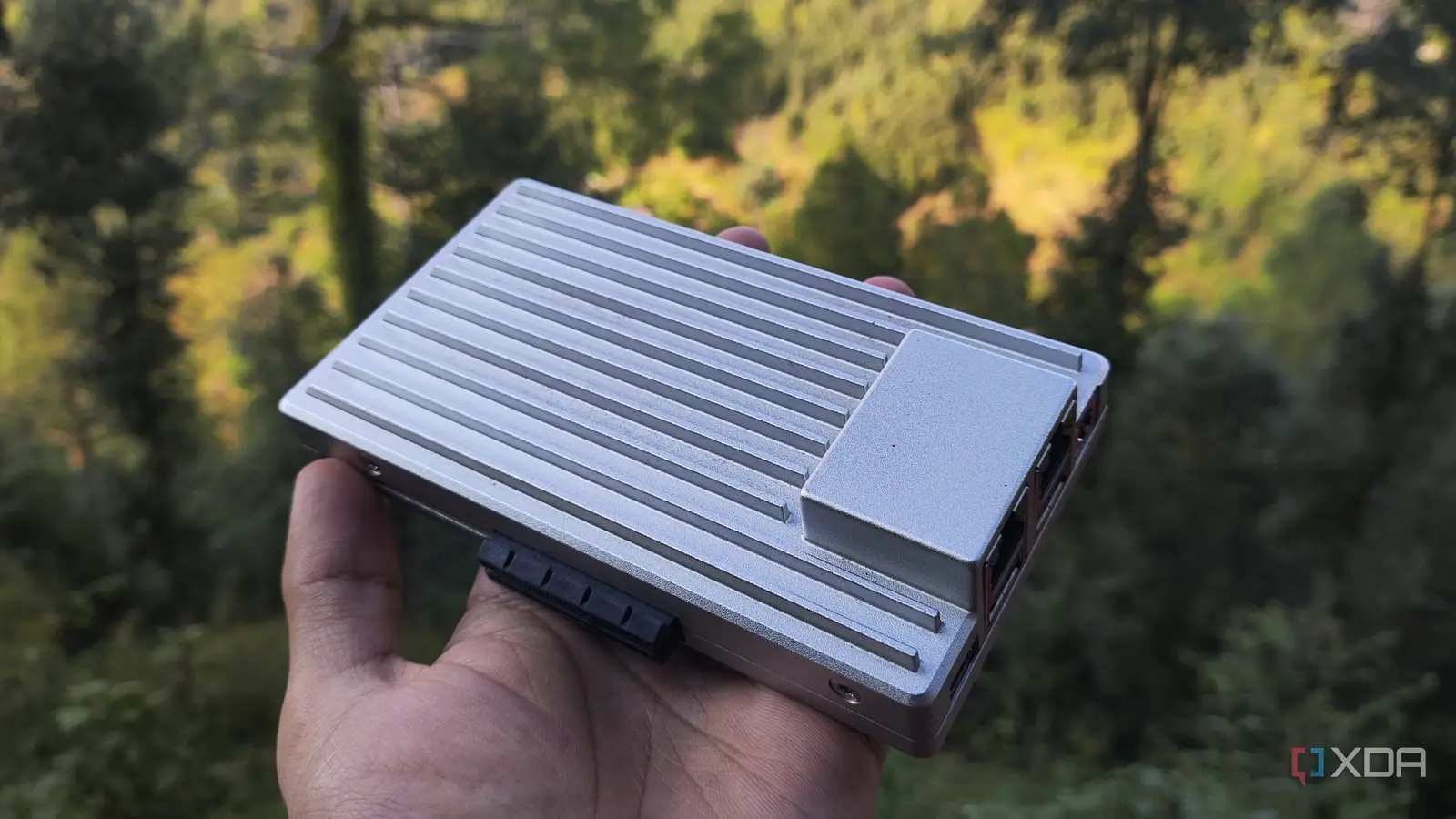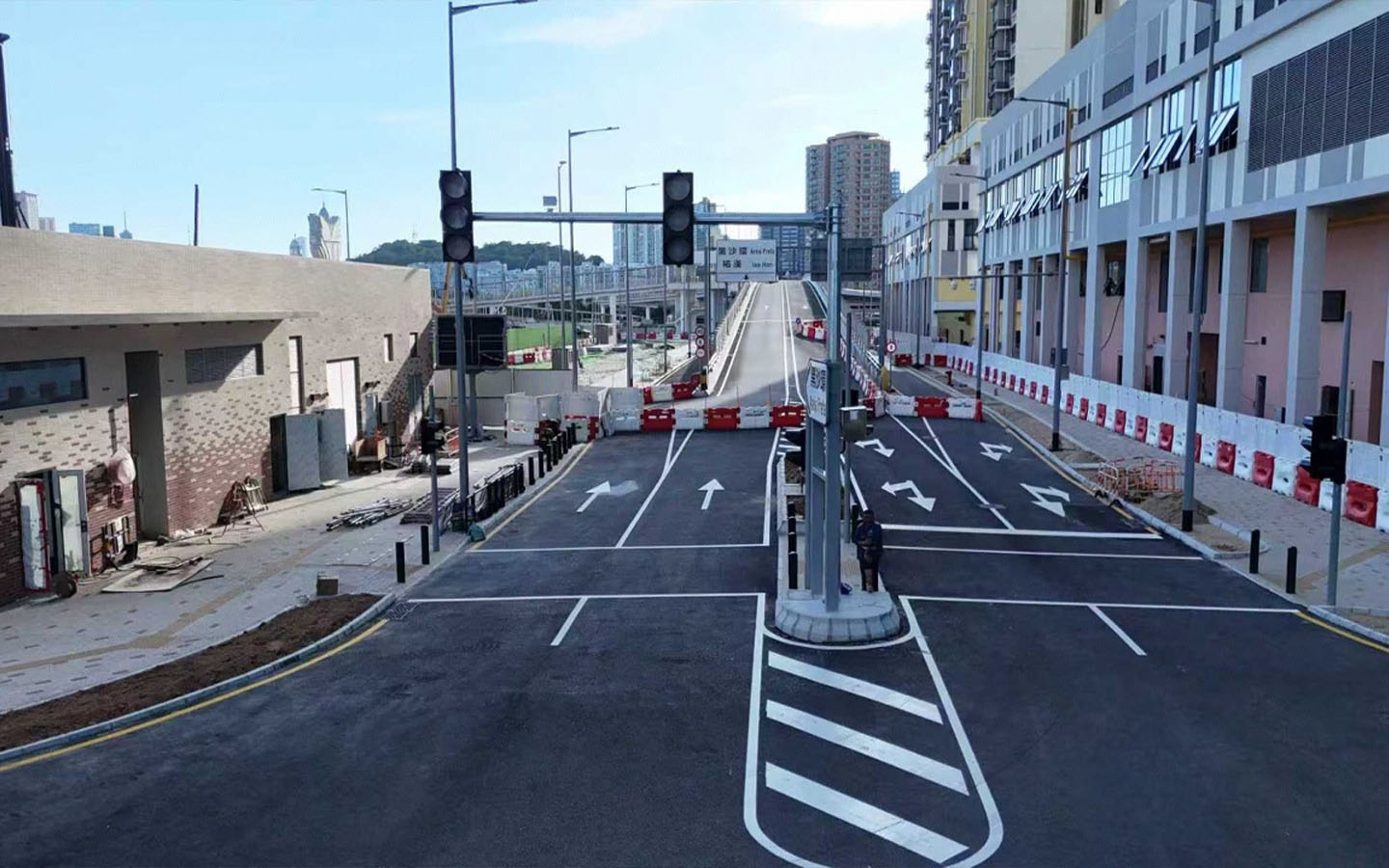
Ever since its inception in 2012, the Raspberry Pi lineup has ruled over the Single-Board Computer ecosystem with an iron fist, and for good reason. They are compatible with plenty of distros, compact enough to fit in any tinkerer’s arsenal, and have a lot of community resources designed to help newcomers get their feet wet with SBC projects.
However, other SBCs have started to become more mainstream, with x86 boards featuring plenty of benefits compared to the Arm-based Raspberry Pi family. The ZimaBoard 2 is one such SBC, and while it’s nowhere near as cheap as its green counterparts, this x86 board is versatile enough to run a variety of home server projects without ruining my day with performance issues or compatibility errors.
The ZimaBoard 2 works well as a NAS
It’s meant to be used with internal drives
Thanks to the lightweight OpenMediaVault, you can technically repurpose a Raspberry Pi as a Network-Attached Storage server. But between its reliance on external drives/HATs and limited horsepower, it’s only good for a simple file-sharing server.
The ZimaBoard 2, on the other hand, is designed to work like a budget-friendly 2-bay NAS. The cheapest 832 model features 8GB of memory alongside an Intel N150 processor, so you can equip the SMB with the ZFS-heavy TrueNAS. My biggest gripe with 2-bay NAS units in this price range is that I often have to flash TrueNAS onto an external SSD, since I want to use the two drives for a mirrored setup. The 32GB eMMC module solves that issue handily. While it also includes some USB ports where you can slot external drives, the ZimaBoard 2’s killer feature are its dedicated SATA connectors.
When I got my hands on the SBC, I wanted to see if I could pair it with bulky 3.5-inch hard drives. And sure enough, the ZimaBoard 2 was able to power two 4TB Seagate IronWolf drives without breaking a sweat, though I recommend going with SSDs if you can’t find (or even 3D print) a proper chassis to secure the HDDs in place. Since the ZimaBoard has dual Ethernet ports, I can even configure SMB multichannel to boost the speeds of an SSD-only setup. As if that’s not enough, it also features a PCIe 3.0 slot, which works with NVMe adapters, NICs, USB expansion cards, and practically every other adapter card I threw at it.
The best part? While it’s armed with all the features you’d want from a cheap all-SSD NAS, the ZimaBoard 2 works even better as a self-hosted firewall/router.
I’ve turned it into a makeshift router, though
Dual Ethernet ports are a game-changer
Remember how I mentioned the ZimaBoard has two Ethernet ports? Well, both of them use the Intel I226-V controller, which is significantly better than the Realtek cards you’d find on budget-friendly devices and cheap NICs. It’s a hurdle I encountered recently when trying out the beta version of OPNsense 25.7 on a spare machine. Despite owning some NICs, I had to restort to using a USB adapter since OPNsense refused to work with the AQtion drivers.
But when I tried to turn my ZimaBoard 2 into a travel firewall, OPNsense detected the two Ethernet ports immediately, and I was able to get the router up and running with no issues whatsoever. Thanks to the built-in eMMC module, I was able to set up OPNsense without relying on feeble microSD cards or bringing bulky drives on my travels. Without hard drives, the ZimaBoard 2 doesn’t require a lot of energy, so I can keep it running without worrying about my electricity consumption. This makeshift router works so well that I’m actually using it as the firewall for my home network.
It can also double as a server node
Perfect for a budget-friendly PVE/ESXi host
Since it’s armed with an x86 processor and a decent amount of memory, the ZimaBoard 2 can also work as a reliable self-hosting and experimentation node. Proxmox is my go-to virtualization platform for lightweight setups, and the ZimaBoard 2 can run dozens of LXCs and even a virtual machine (provided you go for lightweight distros).
However, the fascinating part is that the SBC works really well with ESXi. You see, the old champion of home server distros only works with selective Ethernet controllers – and I say that as someone who failed to set it up on hardcore NAS units and a Xeon rig. But thanks to the Intel I226-V Ethernet controller, the ZimaBoard 2 has no trouble running ESXi. Now, the N150 isn’t a processor that can handle multiple VMs. But for DevOps enthusiasts who want a cheap device to familiarize themselves with ESXi, the ZimaBoard 2 is a decent option and can run at least a VM or two without buckling under the extra processing load.
Plenty of other SBCs worth checking out



